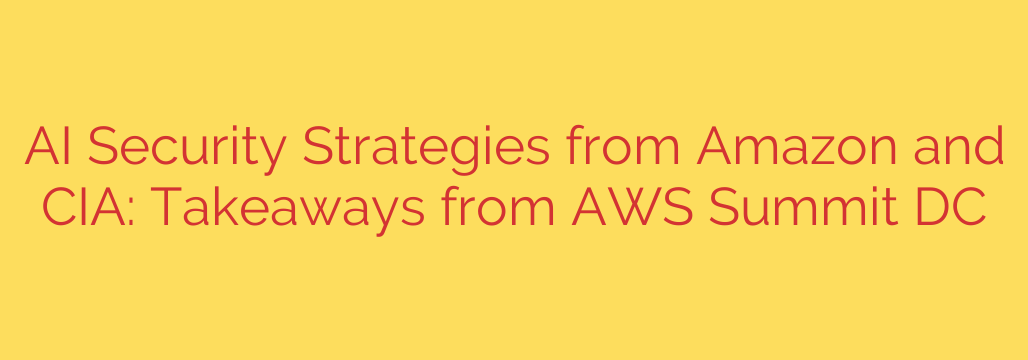
Securing artificial intelligence systems is no longer optional; it’s a fundamental necessity for organizations leveraging this transformative technology. As AI becomes more integrated into critical processes and decision-making, the potential attack surface and the consequences of compromise grow significantly. Experts in the field are highlighting key areas that demand immediate attention to build resilient and trustworthy AI.
A core principle emphasized is that securing AI isn’t just about protecting the AI model itself, but also the entire ecosystem it operates within. This includes the data used to train and run the AI, the infrastructure hosting it, the pipelines delivering it, and the applications consuming its outputs. Protecting the underlying cloud or on-premises environment is the first line of defense. Robust identity and access management, network security, and continuous monitoring of the computing environment are paramount.
Beyond the infrastructure, the data integrity is incredibly vulnerable and must be a top priority. Adversarial attacks can subtly poison training data or manipulate inputs during inference, causing the AI to behave maliciously or incorrectly. Implementing strong data governance, validating data sources, and employing techniques to detect and mitigate data poisoning are essential safeguards.
Furthermore, understanding and defending against adversarial AI attacks targeting the models directly is crucial. Techniques like adversarial examples can trick models into misclassifying inputs with minor perturbations undetectable to humans. Developing models that are more robust to these attacks and implementing monitoring to spot suspicious inputs or outputs are key strategies.
Another critical aspect is securing the AI supply chain. This involves vetting third-party models, libraries, and data sources for potential vulnerabilities or backdoors. Understanding the lineage of your AI components is vital for ensuring trust.
Finally, responsible AI practices are intrinsically linked to security. This includes managing bias, ensuring transparency where possible, and having mechanisms for human oversight. A secure AI is also a responsible AI. Organizations must embed security considerations throughout the entire AI lifecycle, from design and development through deployment and ongoing operation. Proactive threat modeling specific to AI use cases and fostering a culture of security awareness among developers and users are indispensable. By focusing on these critical areas – infrastructure, data integrity, adversarial resilience, supply chain security, and responsible practices – organizations can build AI systems that are not only powerful but also secure and trustworthy.
Source: https://aws.amazon.com/blogs/security/ai-security-strategies-from-amazon-and-the-cia-insights-from-aws-summit-washington-dc/








